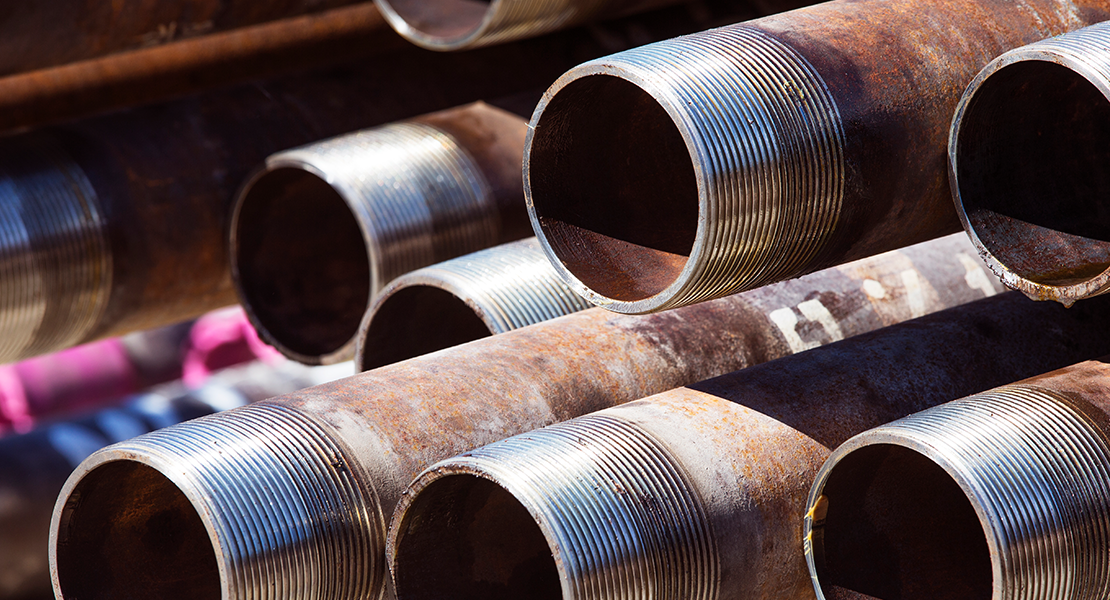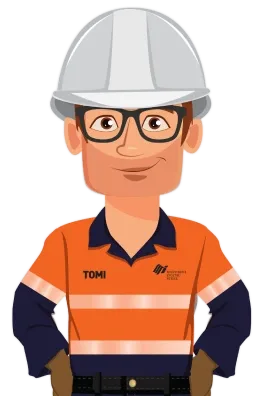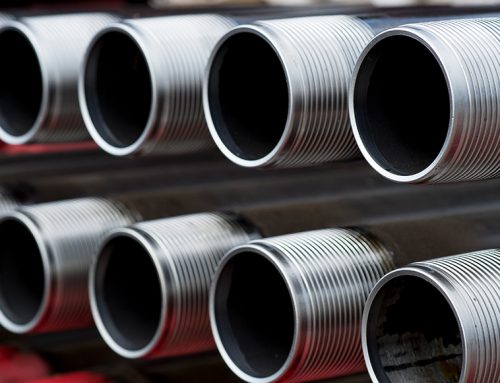
In recent years, the need for better productivity and improved quality in petroleum and gas operations has increased. As a result, safer and more secure approaches to these processes have become necessary. Hence, it has become important for the oil and gas industry operators to inspect and track the quality of tubular products used.
Thread connections are a vital part of these products, and a close inspection of them is crucial for safety and quality maintenance. That’s why the Visual Thread Inspection VTI process is used to track wellbore integrity during drilling at an early stage.
It allows the industry operators to take corrective measures beforehand. and thus, avoid any further complications and hazards. VTI can also enhance production quality by allowing operators to find out if there are any problems with connections and casing or tubing.
Let’s discuss what Visual Thread Inspection is and what it entails in detail.
What Is Visual Thread Inspection VTI?
Visual thread inspection is a procedure that allows operators to check the status of the pin and box end threads of equipment installed in wellbores. It involves practical inspection by trained professionals or by providing real-time video inspection footage. VTI is helpful for the early detection of thread defects that may arise during the drilling, installation, and completion of wells.
7 Defects That Are Identified Using Visual Thread Inspection VTI
A Visual Thread Inspection is conducted to check the condition of the threaded connections. During the VTI process, first, a trained expert removes protectors, cleans threads, and dries them. The expert then examines them for any potential hazards.
The Visual Thread Inspection results allow inspectors to assess whether any repairs or rethreading are essential for the proper operation of the pipes. Repairs or rethreading are required if a potential problem is discovered on any one of the threads.
The following are some problems detected during a Visual Thread Inspection:
1. Mashed Threads
Mashed threads are caused by the connection and thread insert coming into contact. They may also be produced as a result of excessive external force. When there is more pressure on the connection, they manifest as wrinkles in the threads. They further spread across or around, giving it a smoothed or flattened appearance.
2. Unfinished Threads
Unfinished threads on the drill pipe are caused when the threaded connection between the drill pipe and string is not completely cut during the thread cutting process. As a result, they appear as dark and unfinished portions along the thread crest. This can lead to many problems like galling, weakened joint strength, and failure of the joint.
3. Rusting
When wellbore fluids contain moisture, iron oxides are produced as a by-product. This can cause the surface of thread inserts to rust and create pit marks. It may also result from the poor storage and maintenance of thread joints. To prevent rusting of threads, they are doped with anti-rust materials or compounds such as Kendex.
4. Copper Flaking
Most premium connections require copper-coating the threads to prevent galling during make-and-break operations. The red color of the copper makes it easy to spot flaws in the covering. If improperly maintained, the copper covering will oxidize and become darker grey or black. This further forms flaking and reveals the silver or steel surface beneath. Finally, it flakes off on the sealing region. If flaky corrosion occurs on the sealing area, thread remediation consisting of re-copper plating is needed.
5. Pitting
Pitting is a small hole with a slight depression caused by corrosion of the thread on the surface of the pipe. It can be initiated by rusting or various other reasons, such as the movement of metal ridges against each other. This may further lead to deep cavities and even bigger holes. Anti-corrosive materials are coated over the threads using the electroplating method to prevent pitting progression.
6. Galling
Galling is due to the movement between two metal surfaces in contact. It results in the scraping and ridging of these surfaces. Galling also results in rough thread surfaces. Improper lubrication of the thread may lead to galling. In most cases, galling can be identified by checking if ridges have been created on the thread inserts due to excessive rubbing. Fluid seals or porous lubricant coating are used to prevent galling.
7. Burrs
Burrs are small projections that may appear on the thread surface. Their rough appearance and uneven height can identify them. Burrs are usually caused by the metal ridges scraping against each other. It causes one of them to become bent or folded over, producing a rough edge along with its height. Burrs are typically present at the thread’s start or the pipe’s end. However, it may also be found at any point on the threading of the pipe. In case of severe burrs, deburring can be used to preserve the thread.





